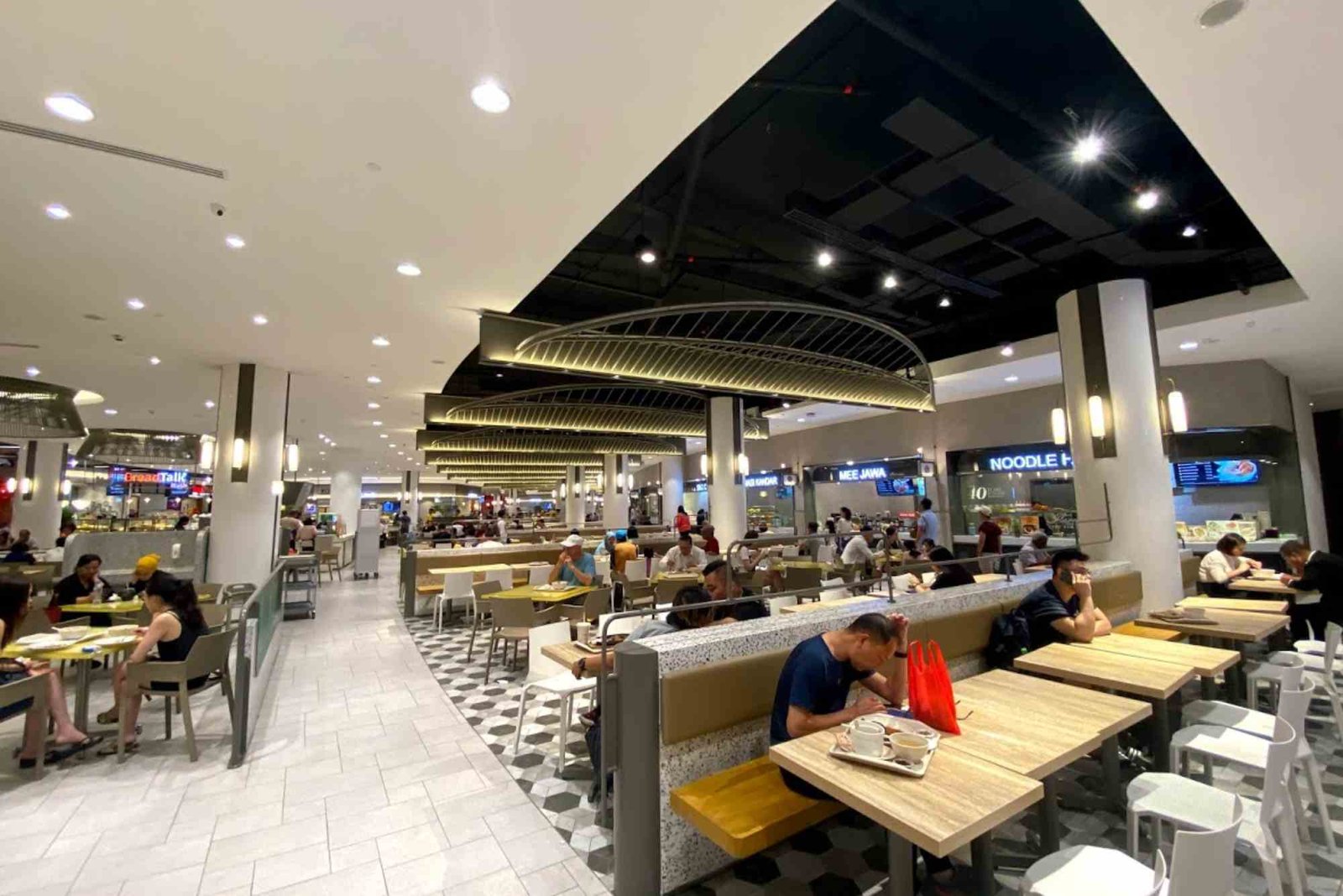In a sun-soaked country like the UAE, pairing solar energy with air conditioning isn’t just a novelty—it’s a pathway to cutting electricity bills and reducing carbon footprints. As someone who installed a solar-powered split AC system in my Al Ain villa two years ago, I can attest to both the excitement and the challenges of marrying photovoltaic panels with your cooling needs. In this article, we’ll explore whether O General AC units can be effectively powered by solar in the UAE climate, what system sizing and financial factors to consider, and how to work with trusted suppliers and dealers to bring your green air-conditioning dream to life.
Why Solar-Powered Cooling Makes Sense in the UAE
The UAE basks in over 3,600 hours of sunshine annually, making solar energy more than a feasible option—it’s economical. Traditional air conditioning accounts for a significant portion of residential and commercial electricity consumption, especially during the four hottest months when mercury can soar above 45°C. Switching to a solar-backed AC system can dramatically reduce peak-hour tariffs and even earn you credits under net-metering schemes.
Having monitored my own electricity bills before and after the solar conversion, I saw a 65% drop in AC-related charges. On blisteringly hot days, the solar array supplied nearly all daytime cooling power, and any excess was fed back into the grid for credit. The real payoff came when the rooftop system covered most of my daytime load, allowing me to reserve grid power for evening use or rainy days.
Evaluating O General AC for Solar Integration
Not every AC brand is equally suited for direct solar coupling. O General AC units stand out for their robust inverter compressors, which adjust speed dynamically to maintain comfortable indoor conditions without large power surges. These variable-speed operations mesh well with fluctuating solar output, helping to stabilize energy draw. When you research O General ac uae models, you’ll notice many carry high Energy Efficiency Ratios (EER) and Seasonal Energy Efficiency Ratios (SEER), making them ideal candidates for solar integration.
Solar-ready AC systems typically require:
-
An inverter-based outdoor unit
-
A compatible variable-frequency drive or solar hybrid inverter
-
Battery storage (optional, but useful for evening cooling)
O General’s emphasis on inverter technology means you’ll avoid the frequent on-off cycling of fixed-speed units, which can strain PV arrays and inverters. Moreover, many O General ac Dubai suppliers advise pairing each 1.5-ton unit with roughly 2.5 to 3 kW of solar panels to cover daytime operation under peak sun.
Sizing Your Solar and AC System for Peak Performance
Determining the right system size involves assessing your home’s cooling load and solar potential. Cooling load calculations factor in room dimensions, insulation quality, window orientation, and occupancy. For example, a 3-bedroom villa with moderate insulation might draw about 12,000 BTU/hr per bedroom. Translating that to solar capacity, you’d need around 15–18 kW of panels to power three 1.5-ton AC units simultaneously during midday peak.
You’ll also choose between grid-tied, off-grid hybrid, or full off-grid systems. Most UAE homeowners prefer a grid-tied hybrid setup that prioritizes solar power for AC and automatically supplements from the grid when panel output dips. Adding battery storage can smooth out evening cooling without pulling entirely from the utility, but it does increase upfront cost by 20–25%.
Cost-Benefit Analysis of Solar-Powered O General AC
Investing in solar panels and related hardware can feel hefty at first glance. In the UAE, a residential solar installation runs between AED 3,000 and AED 3,500 per kW, inclusive of panels, inverters, mounting, and permitting. For an 18 kW array, you’re looking at roughly AED 60,000. When paired with three inverter-based O General units (approximately AED 7,500 each), total project costs near AED 83,000.
However, energy savings compound dramatically. At AED 0.30 per kWh peak tariff, powering the ACs 8 hours a day would cost AED 2,160 monthly. Solar generation offsets about 75% of that, saving AED 1,620 every month. You recoup your investment in around 3.5 years, and with panel warranties stretching to 25 years, you enjoy nearly two decades of virtually free cooling beyond the payback period.
Working with Certified Dealers for Seamless Installation
Smooth execution hinges on selecting a trustworthy installer. Always choose an authorized partner such as those listed on the O General ac dealer directory, who can ensure genuine components and correct system configuration. Dealers will inspect your rooftop orientation, shading patterns, and existing electrical setup. They’ll also handle vital paperwork for net-metering approval from DEWA (Dubai Electricity & Water Authority) or Abu Dhabi’s ADWEA.
During my own project, the dealer coordinated directly with DEWA to simplify our application, reducing approval time by two weeks. They also programmed the solar inverter for anti-islanding protection—a critical safety measure preventing backfeed during grid outages.
Real-World Example: Apartment Complex in Sharjah
A recent project involved retrofitting a 12-unit apartment block in Sharjah. Each flat had a 1.5-ton O General split unit. By installing a shared 50 kW solar array on the rooftop and individual smart meters, the building reduced its collective AC energy draw by 80%. Residents saw immediate savings of AED 800–1,200 per flat per month, and the management company signed a ten-year maintenance contract with the installer to keep panels clean and optimized.
Smart inverters dynamically distributed solar power where it was needed most, and an optional battery bank provided two hours of evening cooling. The initial investment of AED 220,000 is expected to break even within four years, making it an attractive model for larger-scale developments.
Maintenance and Long-Term Considerations
Both solar arrays and AC systems require periodic upkeep. Panels should be cleaned at least twice a year in dusty regions; loose shading from new rooftop structures or tree growth can reduce output by up to 15%. O General outdoor units also need annual service—cleaning coils, checking refrigerant levels, and testing inverter performance.
Integration with a monitoring platform allows real-time tracking of solar yield and AC power consumption. Many installers include a mobile app showing daily generation versus usage. Keeping an eye on these metrics helps you detect early any underperforming panel strings or AC efficiency drops.
Embracing a Sustainable Cooling Future
Combining solar energy with O General AC units represents more than just cost savings. It’s a tangible step toward decarbonizing building operations in a region that demands high indoor comfort. With falling solar hardware prices and improving inverter technologies, solar-powered cooling is rapidly shifting from a “nice-to-have” to a mainstream solution for homeowners, businesses, and developers across the UAE.
If you’re ready to explore how solar can power your next AC system—or retrofit existing O General ac uae installations—start by contacting an authorized dealer. Schedule a site assessment, review your electricity usage patterns, and request a proposal tailored to your cooling and budgetary needs. The sun on your rooftop is waiting to become your most reliable AC energy source.








